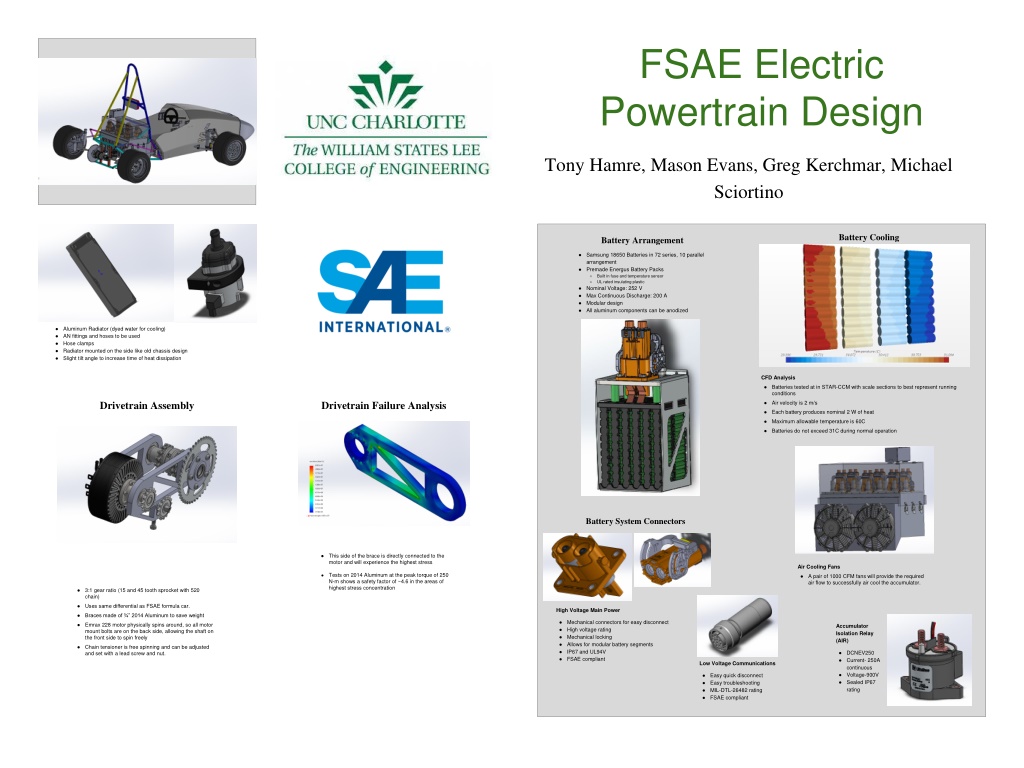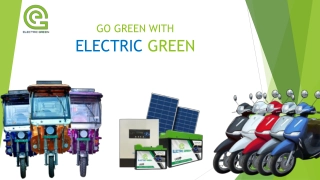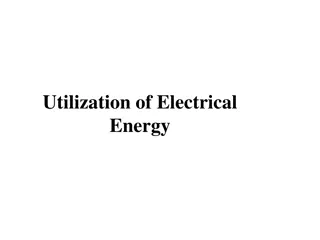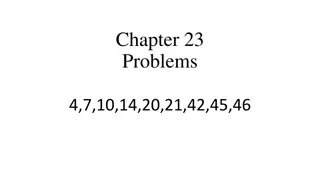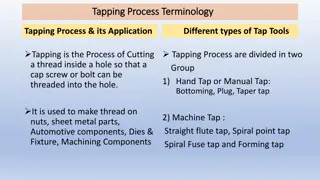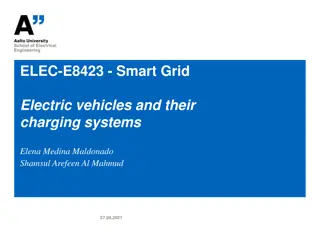FSAE Electric Powertrain Design
In-depth overview of the FSAE electric powertrain design featuring battery cooling, arrangement, connectors, accumulator setup, and cooling system. The design includes Samsung 18650 batteries, premade Energus Battery Packs, aluminum radiator, air cooling fans, and high voltage main power braces. Detailed technical specifications for optimal performance and efficiency are highlighted.
Download Presentation

Please find below an Image/Link to download the presentation.
The content on the website is provided AS IS for your information and personal use only. It may not be sold, licensed, or shared on other websites without obtaining consent from the author. Download presentation by click this link. If you encounter any issues during the download, it is possible that the publisher has removed the file from their server.
E N D
Presentation Transcript
FSAE Electric Powertrain Design Tony Hamre, Mason Evans, Greg Kerchmar, Michael Sciortino Battery Cooling Battery Arrangement Samsung 18650 Batteries in 72 series, 10 parallel arrangement Premade Energus Battery Packs Built in fuse and temperature sensor UL rated insulating plastic Nominal Voltage: 252 V Max Continuous Discharge: 200 A Modular design All aluminum components can be anodized Aluminum Radiator (dyed water for cooling) AN fittings and hoses to be used Hose clamps Radiator mounted on the side like old chassis design Slight tilt angle to increase time of heat dissipation CFD Analysis Batteries tested at in STAR-CCM with scale sections to best represent running conditions Drivetrain Assembly Drivetrain Failure Analysis Air velocity is 2 m/s Each battery produces nominal 2 W of heat Maximum allowable temperature is 60C Batteries do not exceed 31C during normal operation Battery System Connectors This side of the brace is directly connected to the motor and will experience the highest stress Air Cooling Fans Tests on 2014 Aluminum at the peak torque of 250 N-m shows a safety factor of ~4.6 in the areas of highest stress concentration A pair of 1000 CFM fans will provide the required air flow to successfully air cool the accumulator. 3:1 gear ratio (15 and 45 tooth sprocket with 520 chain) Uses same differential as FSAE formula car. High Voltage Main Power Braces made of 2014 Aluminum to save weight Mechanical connectors for easy disconnect High voltage rating Mechanical locking Allows for modular battery segments IP67 and UL94V FSAE compliant Emrax 228 motor physically spins around, so all motor mount bolts are on the back side, allowing the shaft on the front side to spin freely Accumulator Isolation Relay (AIR) Chain tensioner is free spinning and can be adjusted and set with a lead screw and nut. DCNEV250 Current- 250A continuous Voltage-900V Sealed IP67 rating Low Voltage Communications Easy quick disconnect Easy troubleshooting MIL-DTL-26482 rating FSAE compliant
Accumulator Samsung 18650 Batteries in 72 series, 10 parallel arrangement Premade Energus Battery Packs Built in fuse and temperature sensor UL rated insulating plastic Nominal Voltage: 252 V Max Continuous Discharge: 200 A Modular design All aluminum components can be anodized High and Low Voltage Connectors All Connectors are UL and IP rated to insure reliability Continue the Modular approach
Accumulator Cooling CFD Analysis Batteries tested at in STAR-CCM with scale sections to best represent running conditions Air velocity is 2 m/s Each battery produces nominal 2 W of heat Maximum allowable temperature is 60C Batteries do not exceed 31C during normal operation Air Cooling Fans A pair of 1000 CFM fans will provide the required air flow to successfully air cool the accumulator.
Drivetrain 3:1 gear ratio for FSAE Formula differential 2014 Aluminum braces Emrax 228 motor Adjustable chain tensioner 4.6 safety factor at max torque
Motor Cooling Aluminum Radiator (dyed water for cooling) dissipates heat from motor and battery management system AN fittings to be used ( inch rubber hose) Hose clamps Radiator mounted on the side with a slightly tilted angle to increase time of heat dissipation
